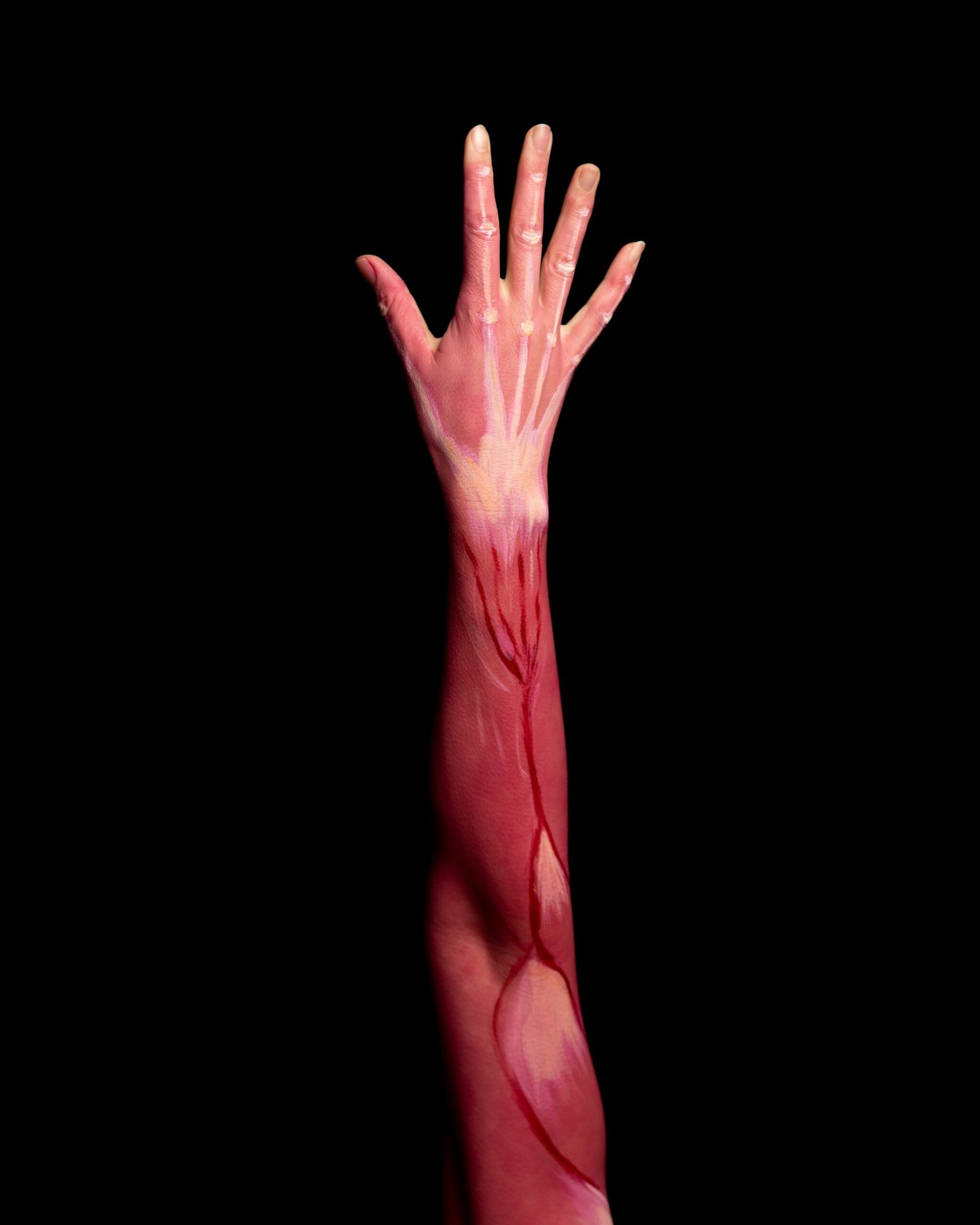
Understanding the Upper Chest Anatomy
The upper chest, a critical region for both strength and aesthetics, is primarily composed of the pectoralis major muscle, specifically the clavicular head. This part of the pectoralis major originates from the clavicle and inserts into the humerus, playing a pivotal role in various upper body movements. Targeting the upper chest is essential for achieving a balanced pectoral development, which not only enhances physical appearance but also contributes significantly to upper body strength.
The clavicular head of the pectoralis major is responsible for movements such as shoulder flexion, horizontal adduction, and internal rotation of the arm. These actions are fundamental to many upper body exercises and daily activities. Adequately developed upper chest muscles ensure a well-rounded and proportional chest, preventing the common aesthetic issue of a “flat” chest appearance where the lower pectoral muscles overshadow the upper region.
Upper chest muscles contribute to overall strength by supporting movements like pushing, lifting, and pressing, which are integral to various sports and functional activities. A strong upper chest enhances performance in exercises such as the bench press, push-ups, and overhead presses, providing a solid foundation for progressive strength gains.
Common issues with underdeveloped upper chests often stem from a lack of targeted exercises in workout routines. Many individuals focus predominantly on flat bench presses and other lower chest exercises, neglecting the upper chest. This can lead to imbalances, where the lower pectorals are disproportionately stronger and more defined than the upper portion. Consequently, it is crucial to incorporate specific exercises like incline bench presses, incline dumbbell presses, and incline flyes to effectively engage and develop the upper chest muscles.
Incorporating targeted upper chest exercises into regular training routines not only enhances muscle definition and symmetry but also contributes to overall chest strength and functionality. By understanding the anatomy of the upper chest and addressing common pitfalls, individuals can achieve a more balanced and aesthetically pleasing physique.
Top Exercises to Target the Upper Chest
Building strength and definition in the upper chest requires a strategic approach focusing on specific exercises that engage this crucial area. One of the most effective exercises is the incline bench press. Using either a barbell or dumbbells, this movement targets the upper portion of the pectoral muscles. When performing the incline bench press, set the bench at a 30-45 degree angle. Position your hands shoulder-width apart and lower the weight to your upper chest, then press it back up. Aim for 3-4 sets of 8-12 reps to optimize muscle growth.
Another valuable exercise is the incline dumbbell flye. This movement allows for a greater stretch and contraction of the upper chest. Lie on an inclined bench, hold a pair of dumbbells with your palms facing each other, and slowly lower the weights out to the sides while keeping a slight bend in your elbows. Bring the dumbbells back together with a controlled motion. Perform 3 sets of 10-15 reps for effective engagement.
For a different angle of resistance, incorporate cable crossovers. Set the pulleys to the highest position on a cable machine, grab the handles, and step forward to create tension. With a slight bend in your elbows, pull the handles together in front of your chest, focusing on squeezing your upper pecs. Complete 3-4 sets of 12-15 reps.
It’s crucial to pay attention to form and technique to avoid injuries. Maintain a controlled movement, avoid locking out your elbows, and ensure your shoulders are not over-rotated. Progressive overload, increasing weight or reps over time, is key to continuous improvement. Additionally, vary the incline angle and adjust the weight to match your fitness level.
Incorporate these exercises into a balanced workout routine, ensuring you train your upper chest 1-2 times per week, allowing adequate rest and recovery. Consistency and proper technique will lead to significant gains in strength and muscle definition in the upper chest.



